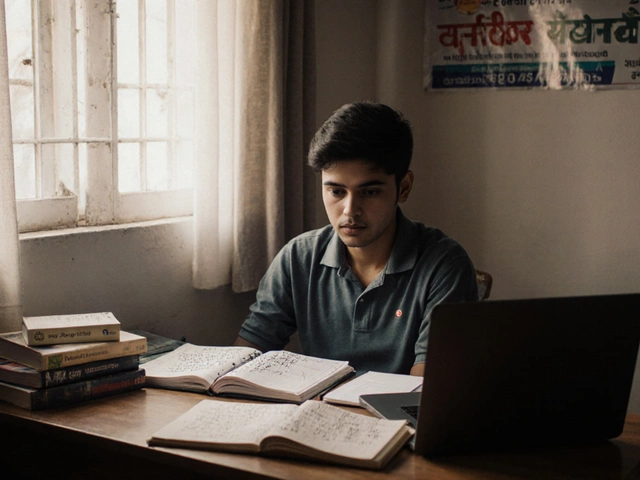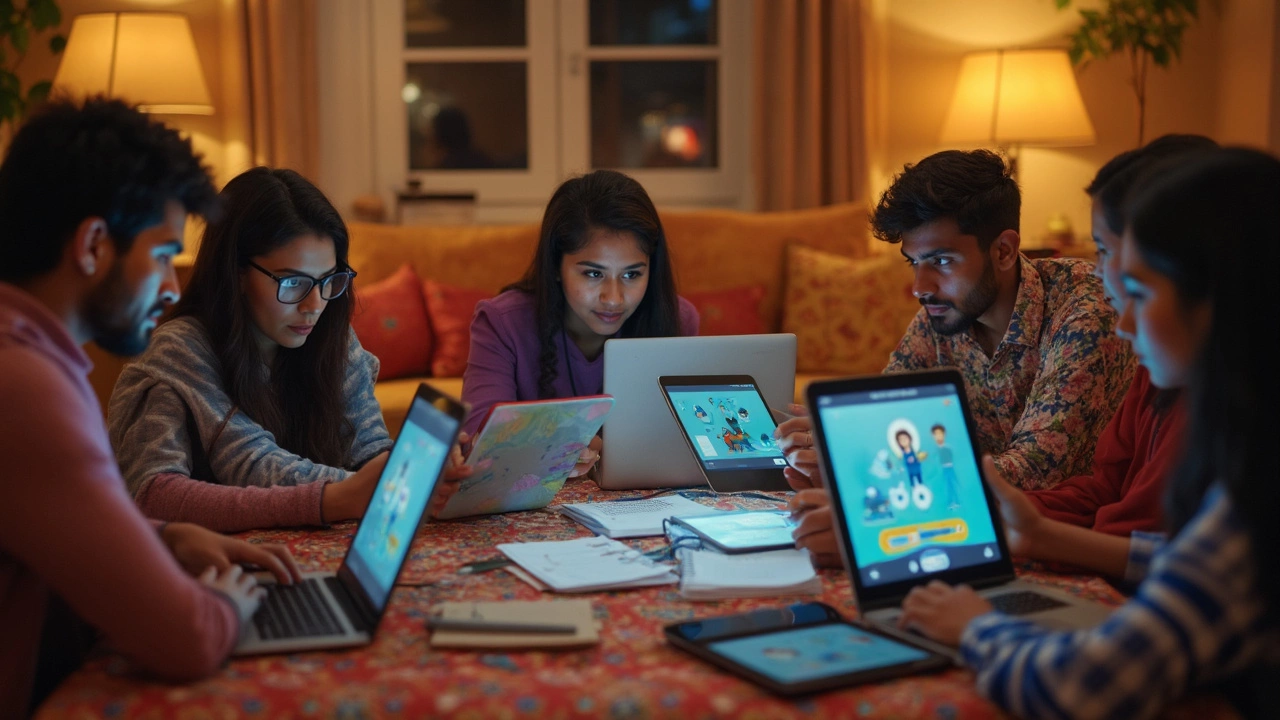Flipped Classroom: How It Works and Why It’s Changing Education
When you think of a flipped classroom, a teaching model where students learn new content at home through videos or readings, and use class time for hands-on activities and discussions. Also known as flipped learning, it flips the old script: no more lectures during school hours, no more homework that feels like a chore. Instead, you watch a short video on Newton’s laws the night before, then come to class and build a real model, debate its applications, or fix mistakes with your teacher right there. It’s not magic—it’s just smarter use of time.
This model works best when paired with blended learning, a mix of online resources and face-to-face instruction. You don’t need fancy tech—just a phone, a YouTube link, and a teacher who knows how to guide. Schools in India are starting to use this for NEET prep, coding bootcamps, and even CBSE science classes. Why? Because sitting quietly while someone talks doesn’t stick. Doing something—solving problems, explaining ideas to a peer, trying again after failing—that’s what builds real understanding.
The online learning, any education delivered through digital platforms, often used as the foundation for flipped lessons part is simple: free videos from Khan Academy, short explainers from Indian educators, or even recorded lessons from your own teacher. The real shift happens in the classroom. That’s where the magic is—when the teacher isn’t talking at you, but walking around, helping you, asking you why you got it wrong, and letting you figure it out. It’s messy. It’s loud. It’s way more effective than memorizing for a test.
It’s not for every subject or every student. Some need structure. Some need quiet. But for those stuck in traditional lectures, the flipped classroom gives them back control. You learn at your pace. You pause, rewind, watch again. You come to class ready to engage, not just copy notes. And teachers? They stop being lecturers and become coaches. That’s a big change.
You’ll find posts here that show how this model fits into Indian education—like how students use it to master biology for NEET, or how coding bootcamps rely on it to turn beginners into builders in weeks. Some posts dig into the tech tools teachers use. Others share real stories from classrooms where this flipped approach made the difference between failing and passing. There’s no one-size-fits-all, but the pattern is clear: when learning moves out of the lecture hall and into the hands of the learner, something powerful happens.
- By Nolan Blackburn
- /
- 4 May 2025
eLearning Models: The 5 Essentials You Need to Know
Trying to make sense of online learning? This article breaks down the five main eLearning models you'll see across modern platforms. Get clear, real-life examples and the pros and cons of each approach. Figure out which model might fit your learning style or teaching needs. You'll pick up practical tips to get more out of any eLearning set-up. No jargon—just straightforward guidance.





